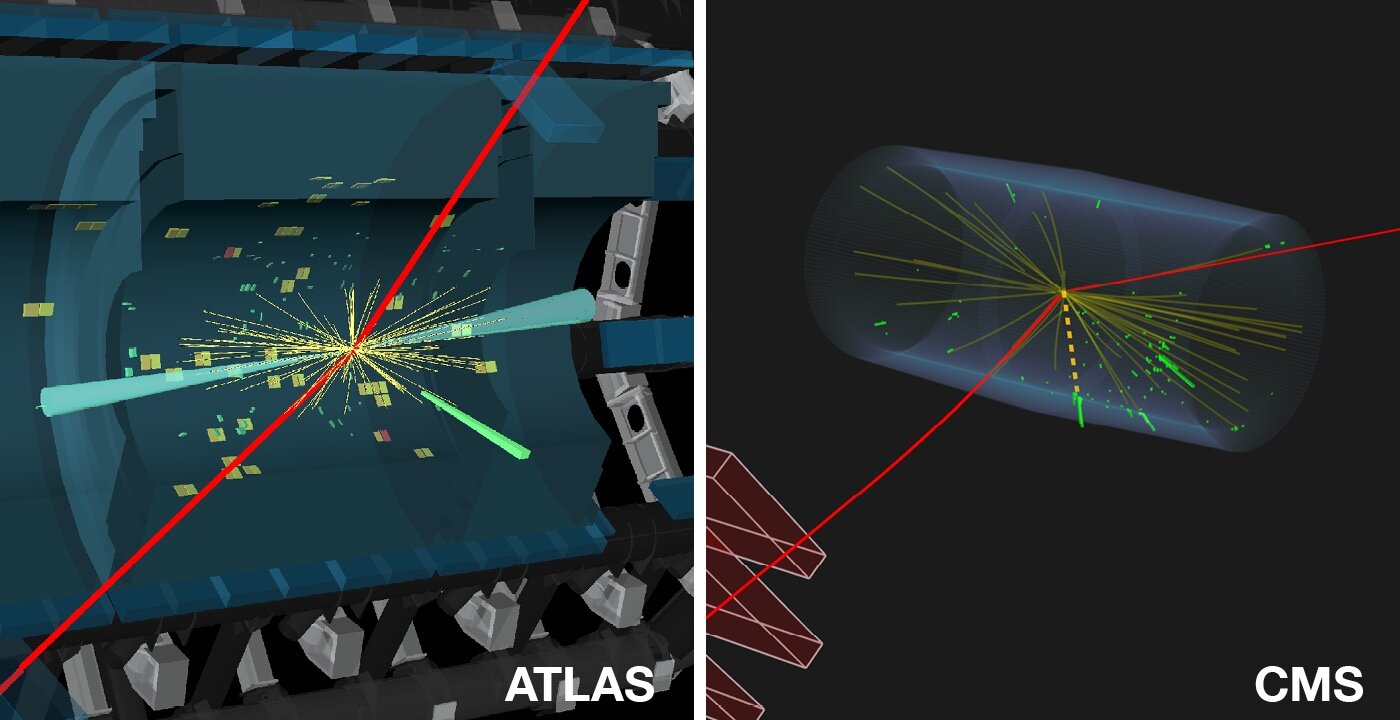The discovery of the Higgs boson at CERN’s Large Hadron Collider (LHC) in 2012 marked a significant milestone in particle physics. Since then, the ATLAS and CMS collaborations have been diligently investigating the properties of this unique particle and searching to establish the different ways in which it is produced and decays into other particles.
At the Large Hadron Collider Physics (LHCP) conference this week, ATLAS and CMS report how they teamed up to find the first evidence of the rare process in which the Higgs boson decays into a Z boson, the electrically neutral carrier of the weak force, and a photon, the carrier of the electromagnetic force. This Higgs boson decay could provide indirect evidence of the existence of particles beyond those predicted by the Standard Model of particle physics.
The decay of the Higgs boson into a Z boson and a photon is similar to that of a decay into two photons. In these processes, the Higgs boson does not decay directly into these pairs of particles. Instead, the decays proceed via an intermediate “loop” of “virtual” particles that pop in and out of existence and cannot be directly detected. These virtual particles could include new, as yet undiscovered particles that interact with the Higgs boson.
The Standard Model predicts that, if the Higgs boson has a mass of around 125 billion electronvolts, approximately 0.15% of Higgs bosons will decay into a Z boson and a photon. But some theories that extend the Standard Model predict a different decay rate. Measuring the decay rate therefore provides valuable insights into both physics beyond the Standard Model and the nature of the Higgs boson.
Previously, using data from proton–proton collisions at the LHC, ATLAS and CMS independently conducted extensive searches for the decay of the Higgs boson into a Z boson and a photon. Both searches used similar strategies, identifying the Z boson through its decays into pairs of electrons or muons—heavier versions of electrons. These Z boson decays occur in about 6.6% of the cases.
2023-05-29 05:30:04
Post from phys.org
